
| Recorded by: R. Teper, David George, P. Coin, K. Bischof on 2025-09-16
Transylvania Co.
Comment: | 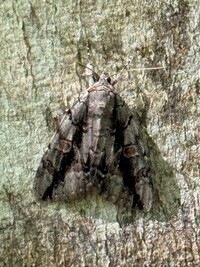
| Recorded by: Lenny Lampel on 2025-07-08
Mecklenburg Co.
Comment: |
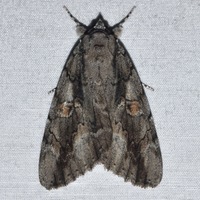
| Recorded by: David George, Jeff Niznik on 2024-08-06
Transylvania Co.
Comment: | 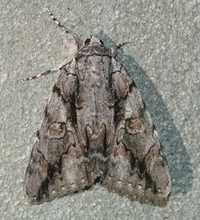
| Recorded by: Emily Stanley on 2024-07-27
Buncombe Co.
Comment: |
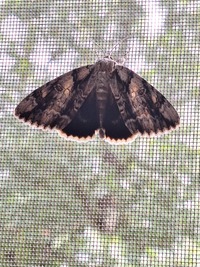
| Recorded by: Brandon Foster on 2024-07-13
Wake Co.
Comment: | 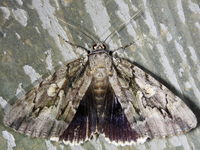
| Recorded by: tom ward on 2023-10-06
Buncombe Co.
Comment: |
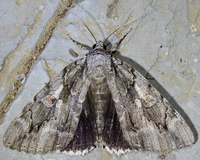
| Recorded by: tom ward on 2023-10-06
Buncombe Co.
Comment: | 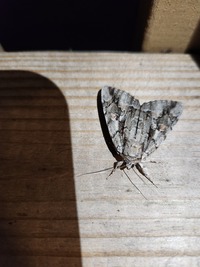
| Recorded by: Avery Young on 2023-09-24
Buncombe Co.
Comment: |
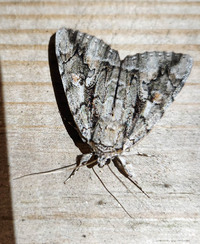
| Recorded by: Avery Young on 2023-09-24
Buncombe Co.
Comment: | 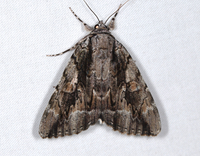
| Recorded by: Jim Petranka, Bo Sullivan and Becky Elkin on 2023-09-14
Macon Co.
Comment: |
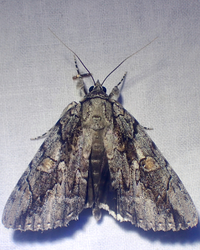
| Recorded by: tom ward on 2023-09-03
Buncombe Co.
Comment: | 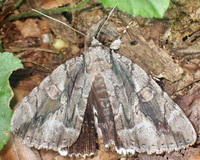
| Recorded by: tom ward on 2023-08-26
Buncombe Co.
Comment: |
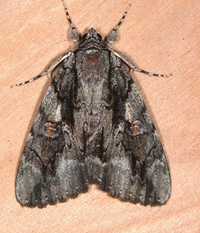
| Recorded by: Jim Petranka, Becky Elkin and Bo Sullivan on 2023-08-08
Wilkes Co.
Comment: | 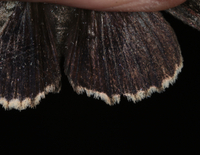
| Recorded by: Jim Petranka, Becky Elkin and Bo Sullivan on 2023-08-08
Wilkes Co.
Comment: |
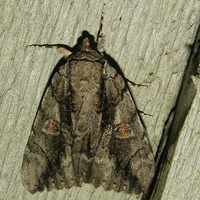
| Recorded by: Owen McConnell on 2023-08-07
Graham Co.
Comment: | 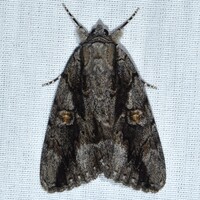
| Recorded by: David George, Stephen Dunn, Jeff Niznik on 2023-07-31
Swain Co.
Comment: |
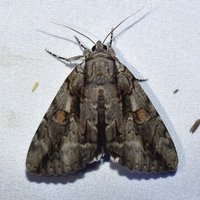
| Recorded by: David George, Stephen Dunn, Jeff Niznik, Rich Teper, Becky Watkins on 2023-07-30
Swain Co.
Comment: | 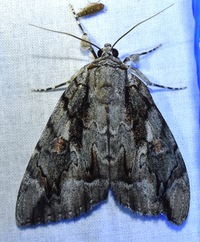
| Recorded by: David George, Stephen Dunn, Jeff Niznik, Rich Teper, Becky Watkins on 2023-07-29
Swain Co.
Comment: |
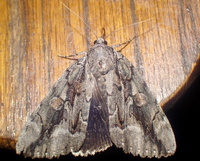
| Recorded by: tom ward on 2022-09-03
Buncombe Co.
Comment: | 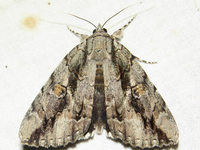
| Recorded by: tom ward on 2022-08-23
Buncombe Co.
Comment: |
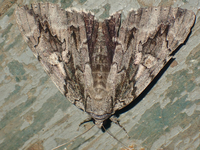
| Recorded by: tom ward on 2021-10-08
Buncombe Co.
Comment: | 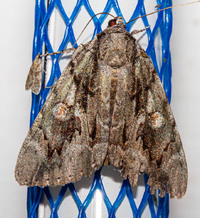
| Recorded by: Stephen Hall on 2021-09-14
Ashe Co.
Comment: |
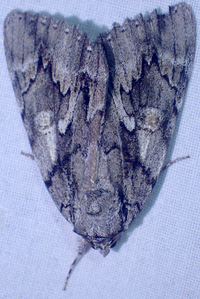
| Recorded by: tom ward on 2021-09-10
Buncombe Co.
Comment: | 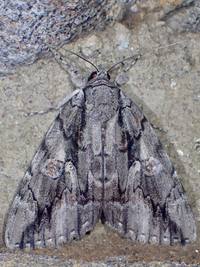
| Recorded by: tom ward on 2021-09-03
Buncombe Co.
Comment: |
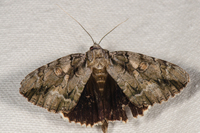
| Recorded by: David L. Heavner on 2021-08-03
Chatham Co.
Comment: | 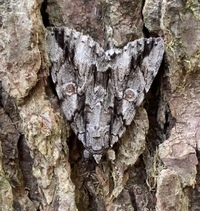
| Recorded by: Stephen Dunn on 2021-07-14
Orange Co.
Comment: |
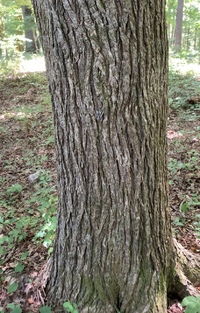
| Recorded by: Stephen Dunn on 2021-07-14
Orange Co.
Comment: | 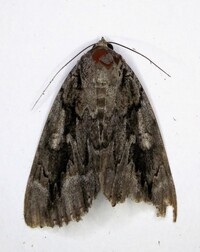
| Recorded by: Gary Maness on 2020-08-26
Guilford Co.
Comment: |
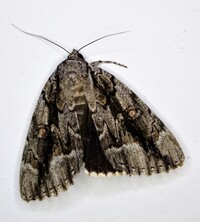
| Recorded by: Gary Maness on 2020-08-09
Guilford Co.
Comment: | 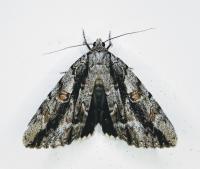
| Recorded by: Gary Maness on 2020-06-24
Guilford Co.
Comment: |
|

 »
»

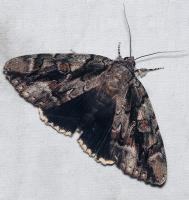

 »
»

